What are the characteristics of African coffee beans? introduction to the species of African beans
Professional coffee knowledge exchange more coffee bean information please follow the coffee workshop (Wechat official account cafe_style)
African coffee is generally characterized by strong aroma and charming acidity, its sour brightness is exhilarating, but African coffee is often slightly thin and not very sweet. African coffee due to drought and lack of water, mostly use the sun method to deal with raw beans, the bean shape is often uneven and beautiful, and the defect rate is high. Next, we will briefly introduce the African varieties of Qianjie coffee.
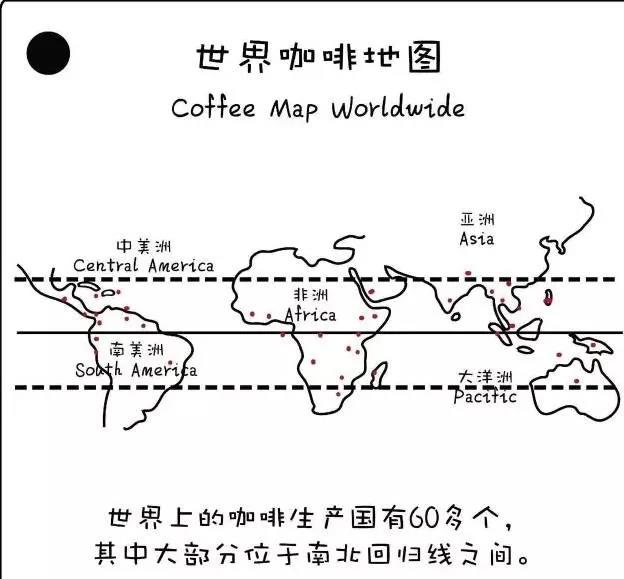
one。 Ethiopia
Coffee cultivation in Ethiopia is dominated by the western and southern regions, and there are three main areas where African coffee beans are produced: Harrar,Ghimbi and Sidamo, or Yirgacheffe.
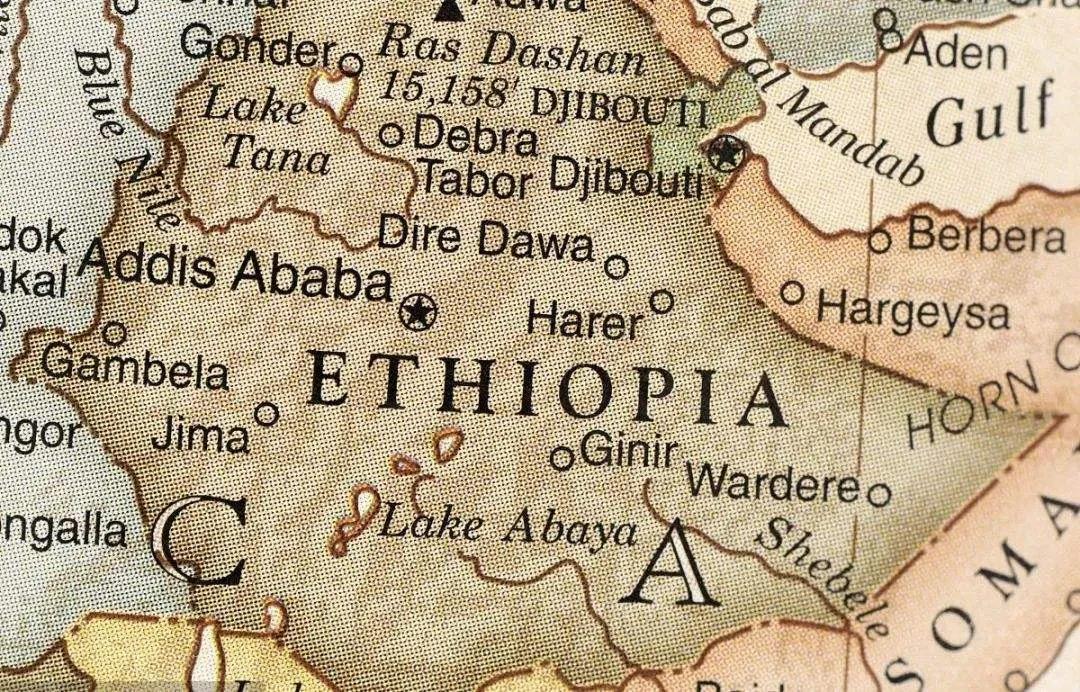
Its coffee growing pattern is:
● forest coffee forest coffee (8-10%), coffee trees and other crops coexist in the primeval forest, without any artificial care, farmers will pick coffee fruits regularly.
● forest-semi-forest coffee semi-forest coffee (30-35%), the coffee planting area is between the forest and the range of farmers' lives, coffee trees are naturally produced varieties like forest coffee, and farmers will manage coffee planting areas and grow other cash crops.
● pastoral coffee garden coffee (50-55%), coffee trees are planted around farmers' living areas, and most of them are grown by farmers themselves.
● Plantation Coffee plantation coffee (5-6%), a large private grower, has more treatment facilities and production capacity.
Essel's coffee is processed in the following ways:
● sun, sun is the most traditional treatment, Harrar area due to special drought, there is no water for washing, all produced for sun treatment, other areas of Sidama, Yirgacheffee, Guji,Jimma are also produced by the sun.
● water washing has higher requirements for treatment equipment, water resources and treatment plant environment than solarization, but it can also produce high quality coffee stably. All producing areas except Harrar have water washing treatment.
● honey treatment, in the past two years, we have seen items marked as Kochere honey treatment on the market.
Different treatments also represent different flavors, and the basic flavor characteristics are as follows:
● washing, citrus fruits, similar to lemons, oranges, oranges, grapefruit, sweet pomelo, the flavor varies from the obvious aroma of citrus fruits (peel), to the acidity of different strengths, from soft small oranges to medium-strength oranges, to the more refreshing acidity of lemon and grapefruit.
● sun, ripe yellow, red, black fruit aromas, similar to apricots, peaches, cherries, strawberries, cranberries (dried), blueberries (dried), plums, etc., accompanied by varying degrees of wine aromas, such as rum, whisky, and even red wine (beaujolais). Here are some Ethiopian coffees from Qianjie Coffee.
1. Qianjie Red Honey Red Cherry Coffee
Producing area: Yega Xuefei idido
Planting altitude: 2000-2200m
Treatment method: red honey treatment
Variety: native species
Grade: G1
Flavor: it smells of ginger flowers, citrus, lemon and fruit sugar in the mouth, Chinese fir in the middle, honey sweetness in the middle, oolong tea in the end and a lingering finish.
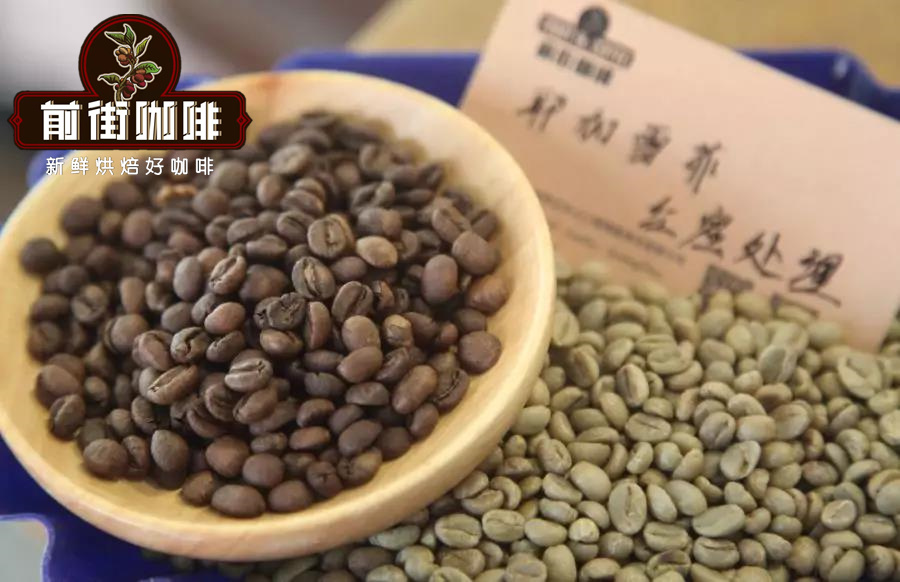
The most special thing about this coffee is that it is treated with red honey. In 2007, Trabocca, the largest raw bean manufacturer in the Netherlands, put forward the "Red Cherry Project" in pursuit of high-quality Essex beans. According to the plan, all red coffee fruits should be picked by hand. The plan is far from that simple. It requires careful, hard-working Ethiopian women to be an important driver of the Red Cherry project. It has a unique flavor and can fully show the flavor of Ethiopian coffee.
The so-called honey treatment refers to the process of making raw beans with mucous membrane for sun-drying. After the outer pulp of the coffee bean is removed, there will be a layer of sticky jelly. The traditional washing method washes it off with clean water. The pectin mucous membrane is the part with the highest content of coffee fructose, and it is also an important part of coffee fermentation. It can be said that 80% of this part determines the supply of nutrients in the process. Yellow honey retains 60% pectin, red honey retains 75% pectin, and black honey hardly removes pectin. However, this direct drying method was born because of the limitation of water resources in some high-altitude areas.
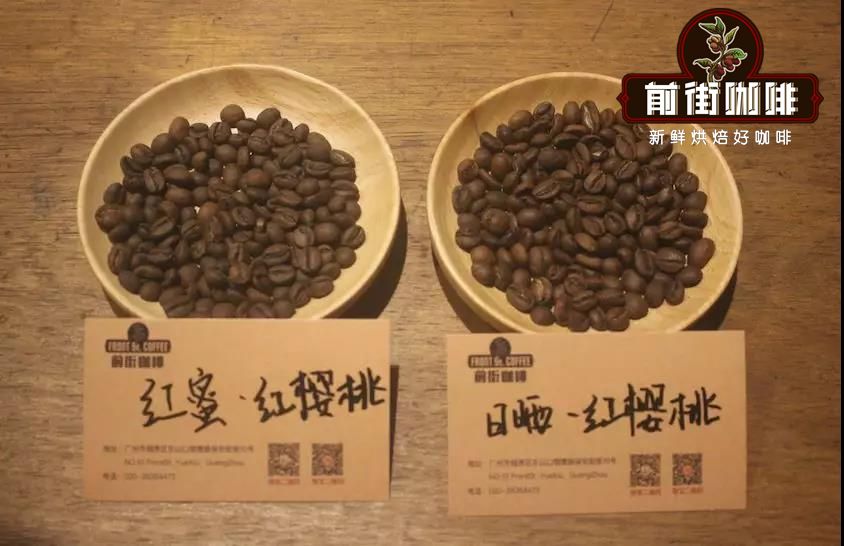
two。 Front Street Sun Red Cherry Coffee
Region: Yega Xuefei
Processing plant: Altland
Altitude: 2300 m
Variety: native species
Treatment: sun treatment
Flavor: berries, lemons, strawberries, fermented wine.
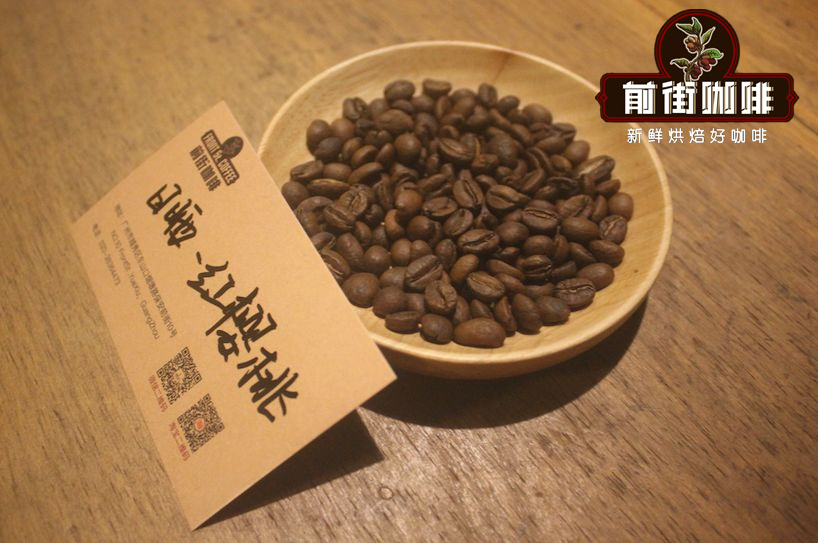
Sun treatment is the oldest and most primitive treatment of coffee beans. This red cherry in the sun will put the whole coffee cherry with intact pulp and peel in the elevated shed for sun treatment, cut off contact with the ground and prevent the soil smell caused by direct exposure. After more than two weeks of sun exposure, store the dark brown coffee fruit and wait for the whole flavor to be ripe. Before shipment, the processing plant will take out the coffee beans from the coffee cherries. After this kind of sun treatment, the acidity of beans is lower. The sweetness is obvious and has alcohol thickness, but the cleanliness is not as high as that of washing treatment.
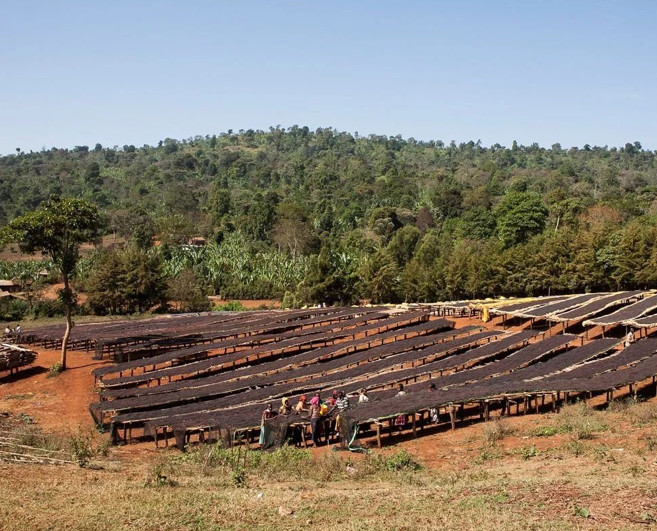
3. Front Street Fruit Ding Coffee
Producing area: Yega Xuefei Gedeo Zone producing area
Altitude: 1900-2300 m
Variety: original species (Heirloom)
Treatment: washing
Grade: G1
Flavor: there are citrus and black tea in the entrance, cream, caramel and almond in the aftertaste with a clean and sweet taste with the change of temperature.
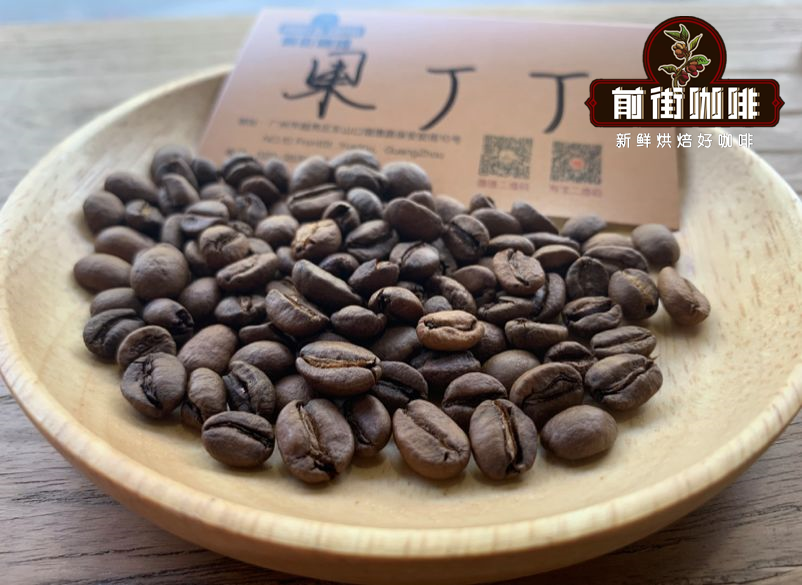
4. Front Street Kocher Coffee
Area: Yegeshefi Kocher
Breed: Native species
Planting height: 1650m ~ 1800m
Treatment method: washing treatment method
Grade: G1
Flavor: lemon, floral, orange, sucrose, overall clean and refreshing, sweet back with honey flavor and oolong tea aftertaste.
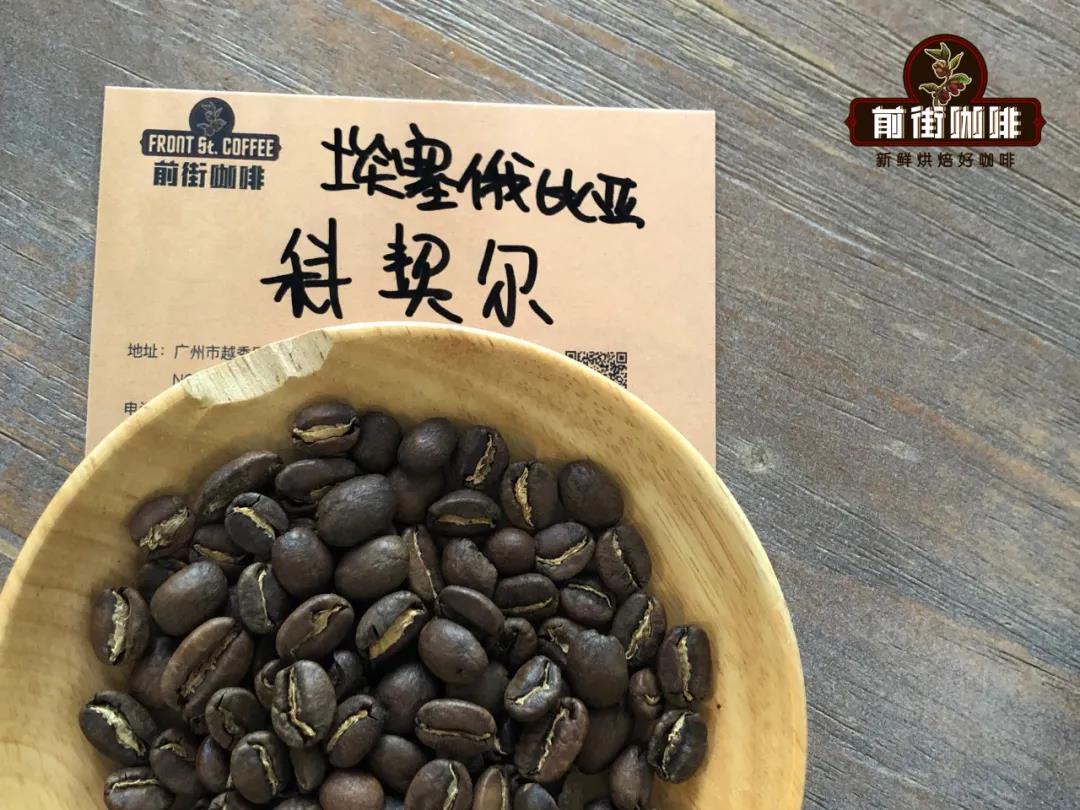
Cochell's production mode is mainly based on local small farmers sending output batches to cooperatives for unified processing. The advanced processing equipment makes the coffee in Cochell area always have a high level of performance in the field of washing treatment, with the clean and sweet complex flavors of molasses and citrus.
Yega Ficcher of Qianjie Coffee is different from the general batch of coffee raw beans belong to the highest batch G1 grade, the producing area has strong flavor characteristics, with clean and fresh lemon aroma and delicate and elegant aroma of jasmine, cantaloupe, citrus, ginger, spice tea and other rich aroma and taste.
5. Front Street Waka Coffee
Producing area: Yega Sheffivoka
Altitude: 1800-2000 m
Treatment: washing
Variety: native species
Flavor: lemon, jasmine, brown sugar, sucrose.
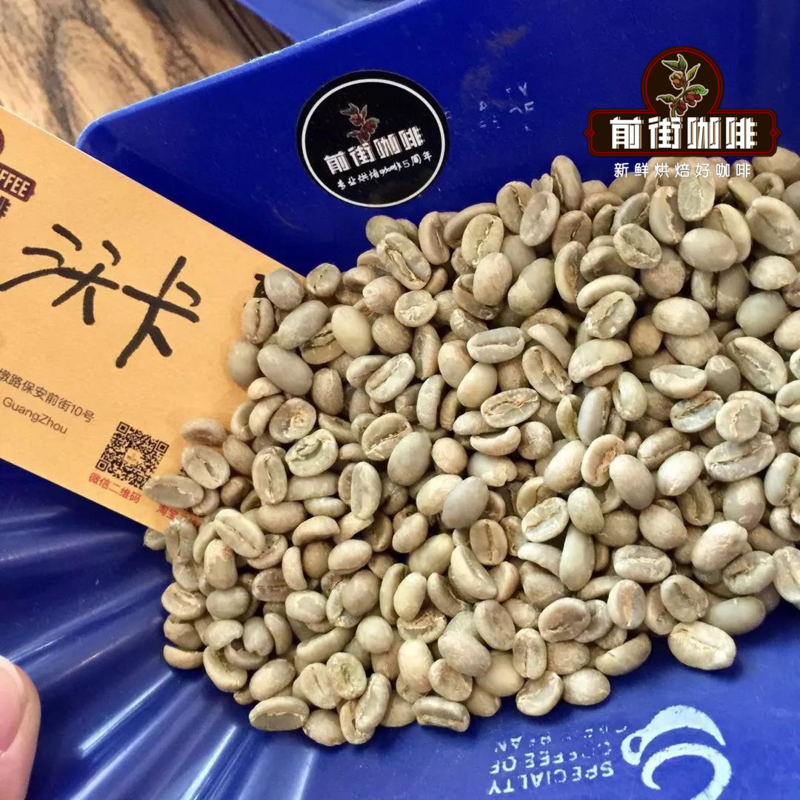
Woka Cooperative was founded in 2005. It is known for producing high quality sunburned yeasts. It is washed with refined water, placed in a washing tank for about 72 hours to ferment and shell, and some of the acid produced in the process of colloid fermentation will enter the beans. At the same time, because there is no pectin and colloid attached to the parchment paper when drying, the unique fruity flavor of sun-dried beans is less, the flavor tends to be clean and bright, and the acidity is also obvious. Then it is dried on an elevated bed. After manual selection, it is exported after being inspected by the Ethiopian Coffee Bureau. The coffee flavor has pure and refreshing characteristics.
6. Front Street Aricha Coffee
Production area: Gediyo
Breed: Native species
Altitude: 1900-2100 m
Treatment: Sunlight
Flavor: Light fermented bouquet, sweet orange, spice, honey sweet.
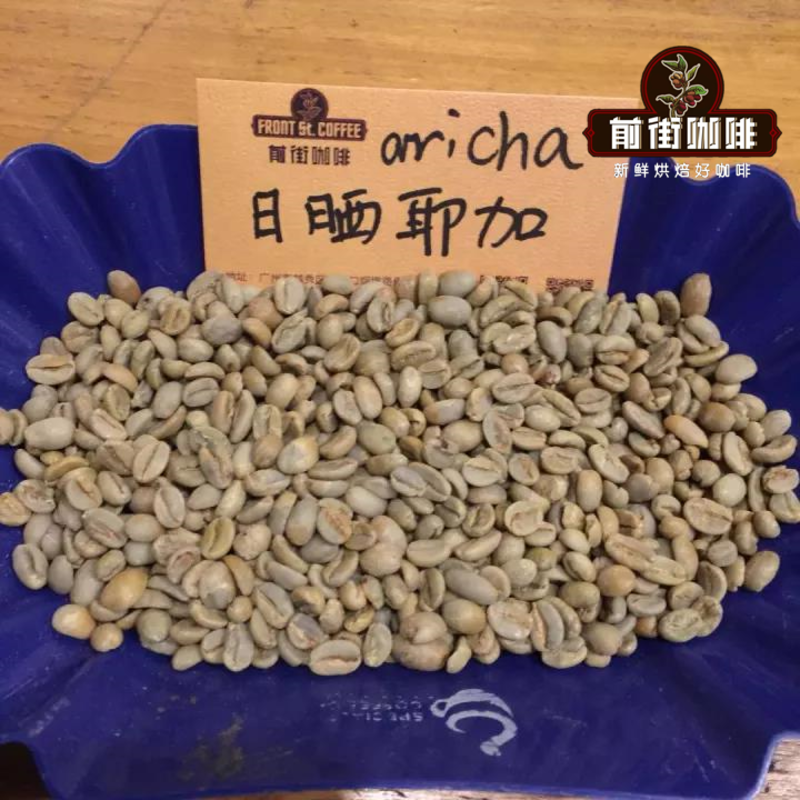
There are many high-quality coffee processing plants in the Yegashafi region, many of which come from these processing plants and become worth a hundred times as much. One of them is the sun-tanned Yegashafi produced by Kebel Aricha Mill, which is also known as ARICHA beans, which is classified by ECX as Gr.1 or G1 (the highest grade of Ethiopian coffee) by Kebel Aricha processing plants, and is known as the "king of fruit". Each coffee from this processing plant can be considered a high-quality refined coffee, which shows better characteristics than other coffees. no matter which method of treatment is used, the coffee beans here can be considered to be the best coffee in Yega. This sun-treated coffee is slightly larger, slightly lower in density and water content, extremely smooth in the entrance, to a delicate mellow thickness, and the emergence of sour and sweet ripe fruit is amazing and sweeter than any Yega I have ever drunk before.
7. Add coffee in the front street
Production area: Yirgacheffe, Keble Konga
Altitude: 1800-2000 m
Treatment: insolation
Variety: original species
Processing plant: Conga (konga)
Flavor: berries, cantaloupe, lemon, citrus, litchi
Grade: G3
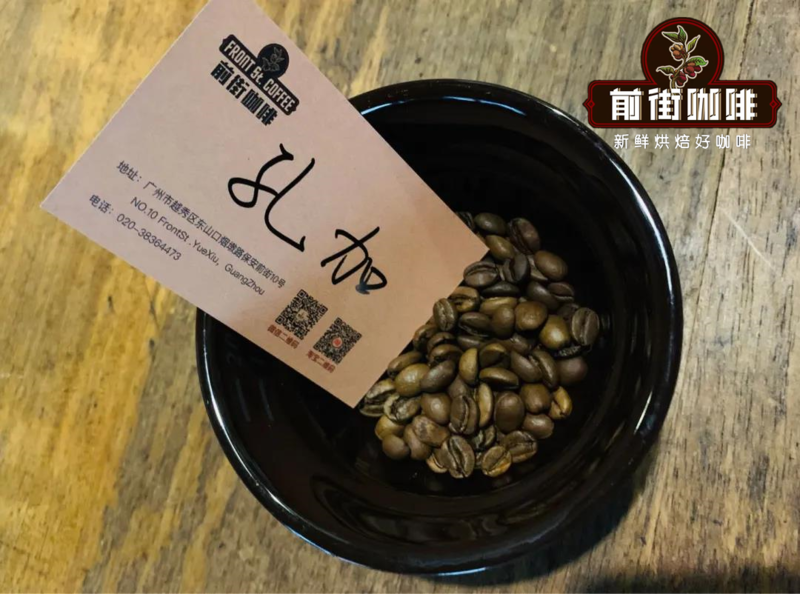
The Konga Cooperative, founded in 2002, is located in a small area of Gedeo in the town of Yega Schiffe in southern Ethiopia and is a member of the Yega Snow Farmers' Cooperative Alliance (YCFCU). This cooperative does not use any chemical fertilizers or pesticides in its coffee growing process, so it is certified as organic coffee and is an excellent member of the YCFCU Union.
8. Front Street 90 + Candle Coffee
Production area: 90+SNNP, Sidama (Sidamo)
Sea pull: 1750-2000 meters
Treatment method: solarization treatment
Product species: original species
Wind: floral aromas, nectarines, tropical fruits, blackberries, blueberries, plums, cream, cinnamon.
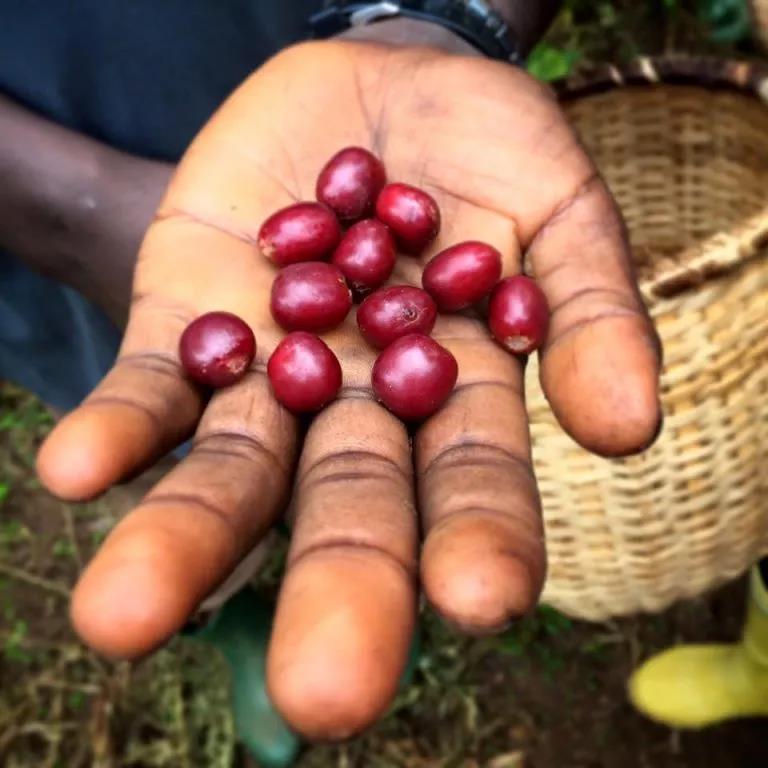
"90 +" does not refer to all coffee with a rating of more than 90 points, it refers to a top range of 13 flavors. Ninety percent of the raw beans are from the original varieties of Ethiopia, including the Manor of Panama (Gesha) is also the original variety of Ethiopian heirloom (Heirloom) transplant. Sometimes they haunt different manors, and they have a variety of different taste characteristics. When processing, baristas will separate these coffees according to variety, climate and fresh time, and taste them one by one. They are like works of art that tend to be perfect. Baristas take great pains to give them the best taste and present them in the most perfect posture. The pursuit of "90 +" for the ultimate flavor is very admirable, and their sustainable development model and environmental protection operation are also the learning goals of many coffee producers.
9. Qianjie Zhuoyue Cup (COE) 22 Coffee
Producing area: Arsi, Sidamo, Ethiopia
Grower: Adem Banta Sute
Treatment: sun treatment
Variety: iron pickup
Flavor: sweet and sour strawberries and lychees, fermented wine, creamy smoothness, honey finish.
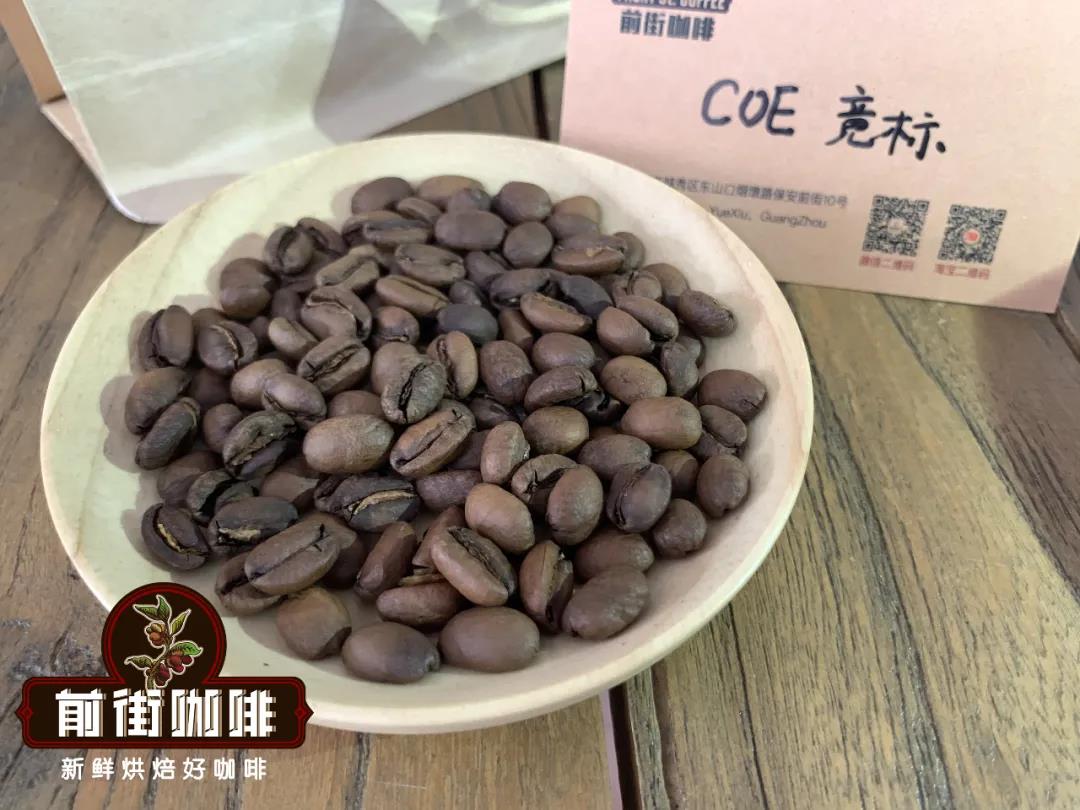
West Arsi is 1900-2200 meters above sea level and is located in the western part of the Sidamo region, which is named after a branch of the Oromo people who have lived here for a long time. About 88.52% of the population of West Alsi is Oromo, which is very important in the history of coffee because they are the first tribes in human history to drink coffee, and half of the coffee produced in Ethiopia comes from the region.
A total of 28 beans stood out in the 2020 Ethiopia COE Competition, with a score of more than 87 points. Among them, the three beans with a score of more than 90 are from the Sidamo producing area. Qianjie Coffee ranked 22nd in COE this year, from the Sidamo Arsi tanning iron pickup, grown by Adem Banta Sute, with a score of 87.64.
10. Wash Yega Chefe Coffee in front of the street
Producing area: Yega Xuefei
Altitude: 1800-2000 m
Treatment: washing treatment
Variety: native species
Flavor: it smells of lemon and nuts, the entrance is citric acid, sugar is sweet, with a hint of flowers, the aftertaste of oolong tea.
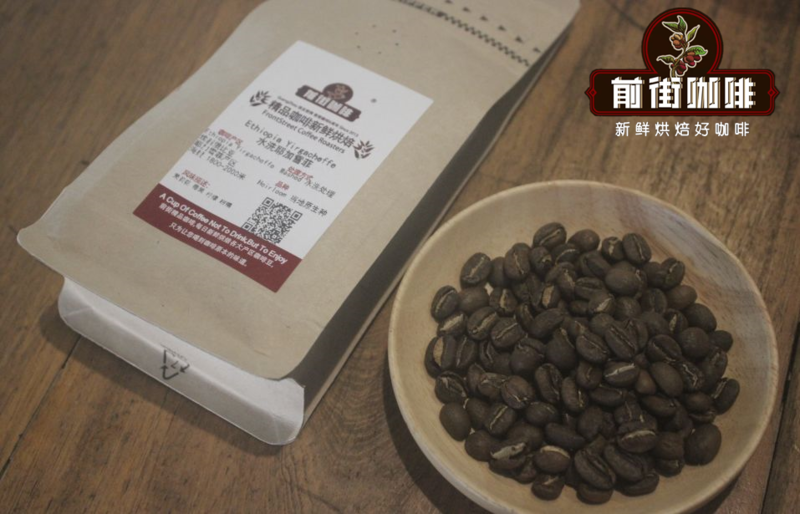
11. Qianjie Ruoxia Village Jinbiao Coffee
Producing area: Banchi Maggie
Altitude: 1909-2069 m
Variety: Gori Rose Summer (Gorigeisha)
Treatment method: sun treatment Natural
Flavor: it smells of fermented wine, with soft acidity of citrus and strawberries in the mouth, nutty and creamy sweetness in the middle, and sweet sucrose in the middle; strawberry jam and lemon aromas when the temperature drops.
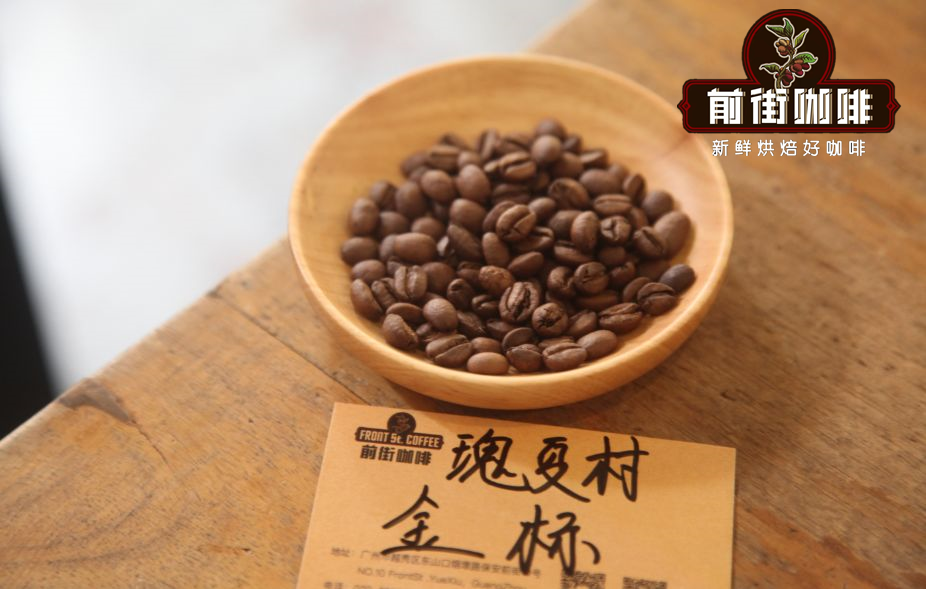
GeishaVillage Coffee Estate is completely different from most Ethiopian farms in that it is not a small farm, but a 500-hectare farm with its own washing plant and laboratory, located in the southwest near the border with Sudan, and the most special is that the whole farm only grows Rosa varieties, rather than Ethiopian native species that generally cannot be determined.
Rosa Village divides the farm into eight blocks, with three main Rosa varieties, whose seeds are collected from nearby forests, not from Panama. The coffee grades of Ruoxia Village are as follows: competitive bidding, gold bid, red bid, green bid, CHAKA. Rosa coffee is the original species of Arabica, particularly picky about the growth environment, requiring high altitude, cloud shade, fertile soil, and enough accumulated temperature.
The treatment of this gold standard rose summer is the sun treatment. First remove the floating impurities, and then cover the sun with a thin layer of plastic sheeting on the African-style elevated scaffolding. when drying with a tanning bed, it will be screened again to select worm-eaten beans and green coffee beans for a total drying time of 18-30 days.
12. Qianjie Ruoxia Village Red label Coffee
Producing area: Banchi Maggie, Ethiopia
Manor: Guoxia Village Manor
Altitude: 1909-2069 m
Treatment method: sun treatment
Variety: Gori Rosa
Flavor: tropical fruit, citrus, cream, fermented fruit, pineapple, green tea, the overall feeling is more balanced.
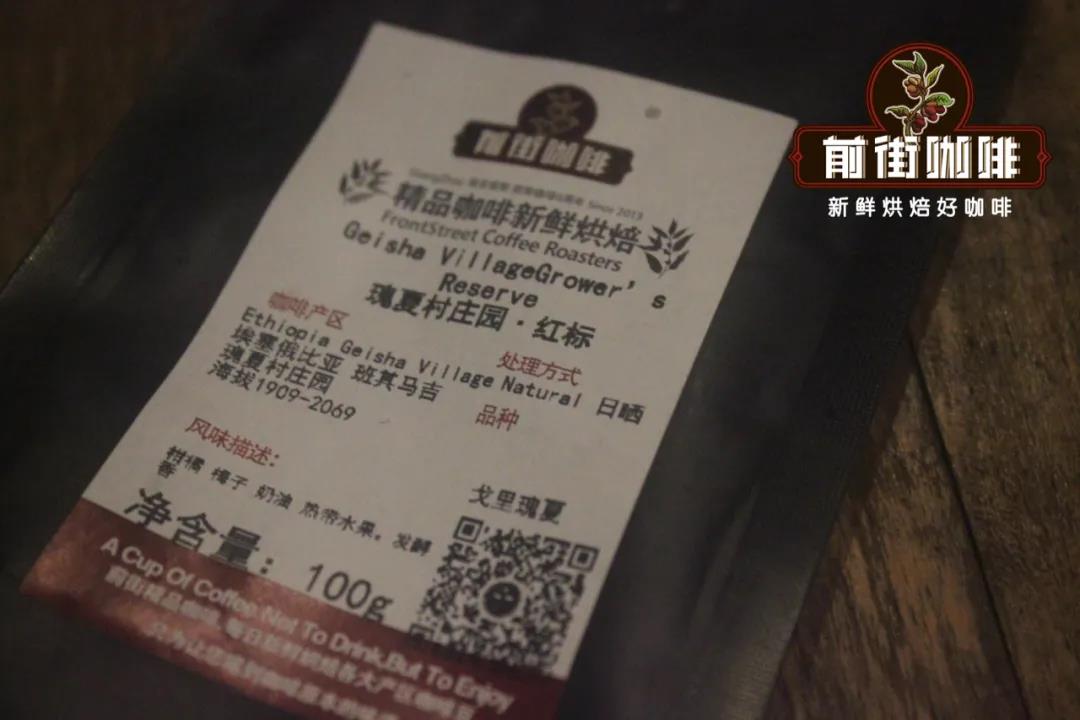
The Rose Xia Village Manor in Qianjie Coffee is red-marked Roxia, which is located in Bancimaji, Ethiopia, while this red-label batch comes from the manor's Shewa-Jibabu plot, located in the northwest of the manor, and coffee trees are planted at an altitude of 1973 to 2069 meters.
13. Qianjie Rose Chachaka Coffee
Producing area: Banchi Maggie
Altitude: 1900-2100 m
Varieties: Gori gesha, gesha1931 1931, Illubabor
Treatment method: sun treatment Natural
Flavor: citrus, grapefruit, plums, nuts, cream, oolong tea, flowers, brown sugar, the overall feeling is more mellow.

two。 Burundi
Burundi is a landlocked country located on top of the steep East African Rift Valley with complex topography. The magnificent ridge on the east bank of Lake Tanganyike is a watershed between the Nile River system and the Congo River system of Africa's two major rivers, known as the "Heart of Africa". The Burundian "Heart of Africa" was introduced by the Belgians. Bloomberg began to grow coffee in 1930. The varieties are mostly bourbon varieties like neighboring Rwanda, and coffee grows on mountains between 1750 and 2000 meters above sea level.
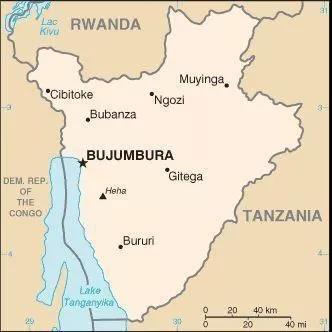
As in other East African countries, coffee in Burundi has its own special treatment, double washing (or double fermentation), which produces coffee with an extremely clean and bright flavor.
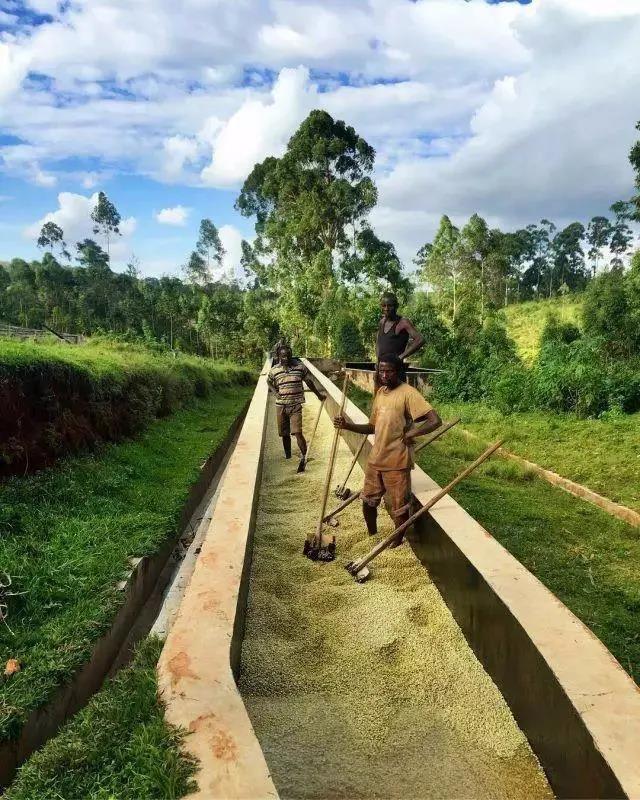
1. Heart of Africa
Producing area: Luthona town
Altitude: 1400 m to 1700 m
Variety: bourbon
Treatment: washing treatment
Flavor: smell of mandarin and tea, imported black brine, mandarin flavor, full-bodied taste, the middle and back is the sweetness of nut caramel. The taste is full of wild, strong taste and aroma remain in the mouth, and the finish is rich and lasting.
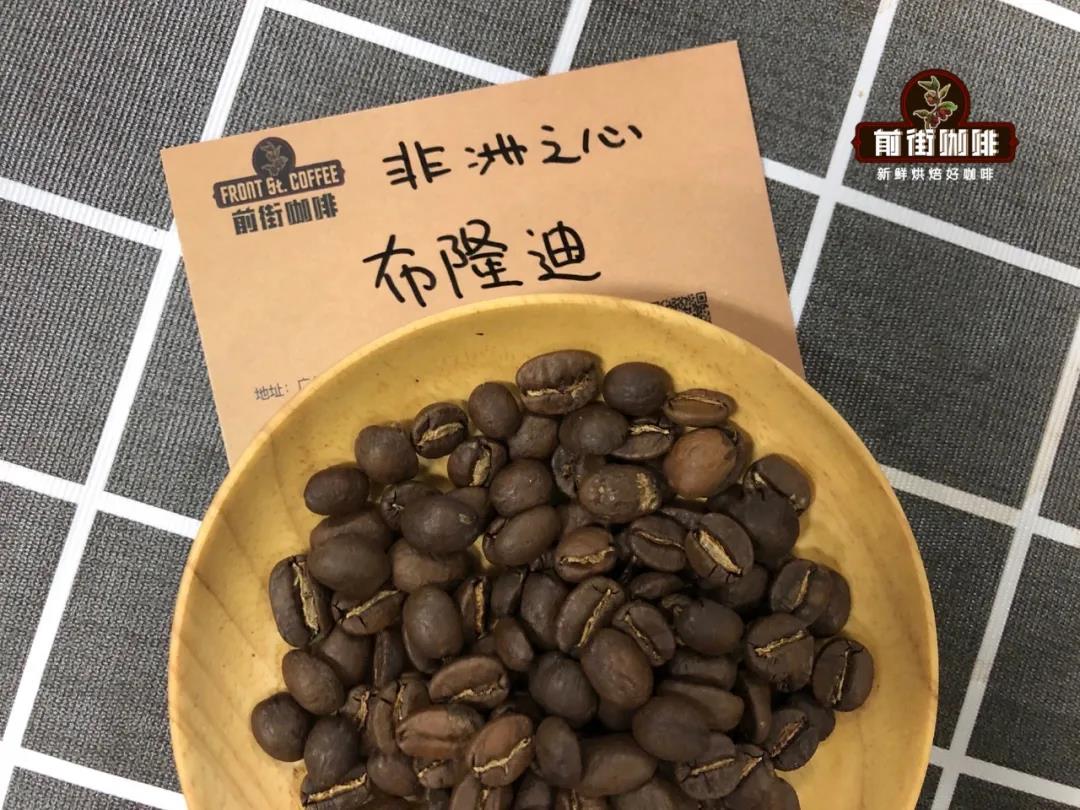
three。 Kenya
Kenyan coffee is mostly grown at an altitude of 1500m, 2100m, and is harvested twice a year. Its main feature is a distinct fruit aroma, the common fruit aroma is citrus. Kenyan coffee has a multi-layered taste and juice acidity, perfect grapefruit and wine flavor, moderate mellow, is the favorite of many people in the coffee industry.
Asalia, Kenya and Sassini, Kenya: the Kenyan K72 approach.
Generally speaking, the fermentation time of coffee beans in the washing tank is rarely more than 36 hours, but the fermentation time in Kenya is as long as 72 hours, which is what we often call 72 hours washing, also known as double washing.
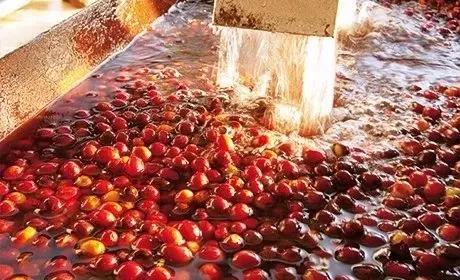
After 48 hours of fermentation, the pectin layer on the clean surface is removed, and it takes 24 hours to soak in clean water. With the addition of this soaking process, the bright and clean flavor of coffee beans can be realized at once. Finally, in the sun-drying link, it is also quite fastidious, and it is placed in a special grid with upper and lower ventilation to dry, which not only helps to prevent moisture and evenly dry, but also avoids the soil smell on the ground.
1. Sassini
Origin: Ji'anbu producing area
Manor: Sassini Manor
Altitude: 1680 m
Varieties: SL28, SL34 & Ruiru
Treatment method: washing treatment
Flavor: obvious black plum, virgin fruit, honey, cold with slight nuts, juice-like taste, sour bright.
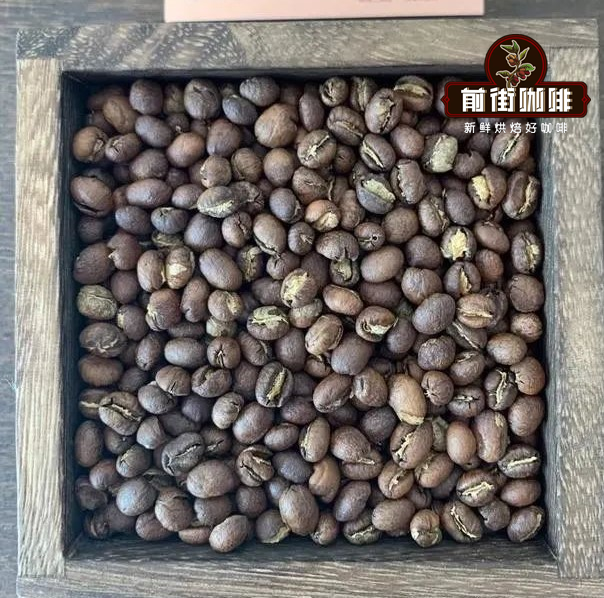
Sassini Manor is located in the Kiambu producing area, at an altitude of 1500 to 2000 meters. Here beautiful scenery and pleasant climate, sufficient sunshine, fertile soil, belongs to fertile acid red soil, loose soil, deep soil layer, so its drainage is good, the PH value of its water quality is between 5.5 and 6.5. The Sassini rating is Kenya's AA.
two。 Asaria
Producing area: Sika Thika
Processing plant: Asali honey processing plant
Altitude: 1550m Murray 1750m
Variety: sl-28,sl-34
Treatment: 72 hours washing
Flavor: wet fragrance has ripe tomato and flower aroma, when the temperature is high, the entrance is sweet of caramel and yellow sugar, the temperature drops slightly, virgin fruit and uric acid emerge, the acidity is bright, the taste is clean, body is medium, the middle sweetness is prominent, and there is a sense of juice.
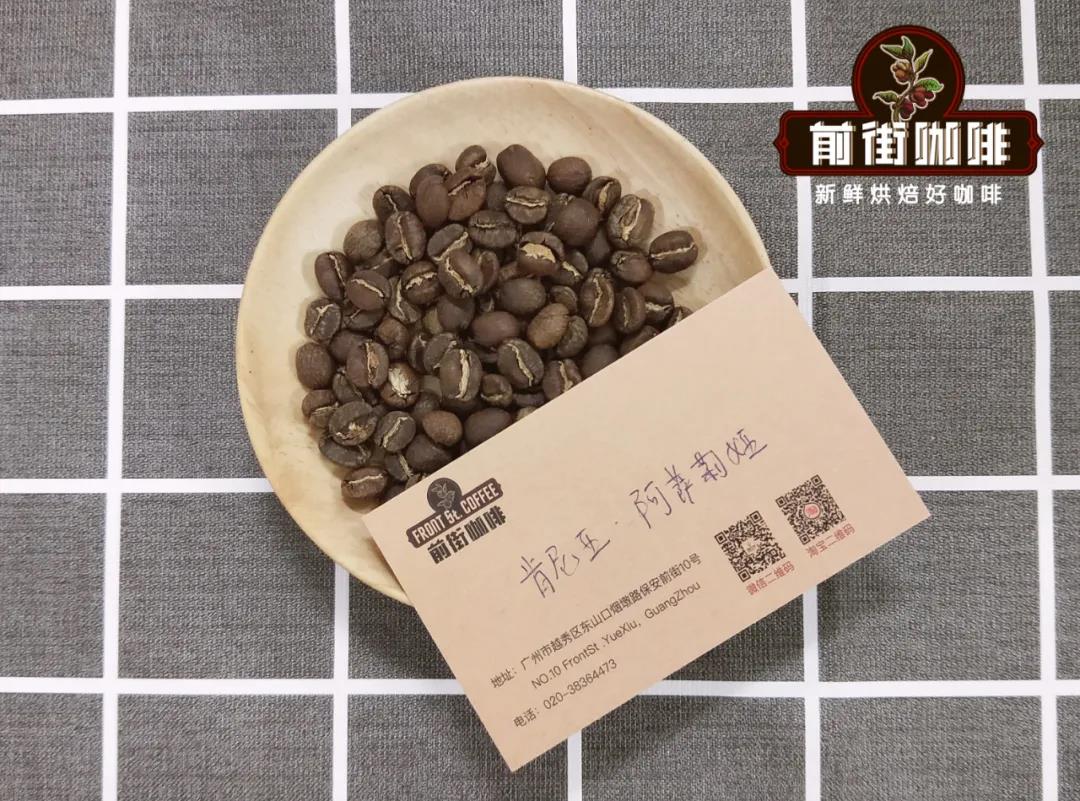
Asali means "honey" in Swahi (the official languages of Kenya are English and Swahili). The honey processing plant is a Sika region of the Great Rift Valley in the Aberdare Mountains of Kenya, connected to Ethiopia to the east. The raw bean treatment method of the honey treatment plant is mainly washed with water, graded by the size of the bean order, and finally determined by cup test to determine its actual value. Asalia is rated as AA TOP, Kenya.
four。 Rwanda
Rwanda, located in the central African region, is a standard landlocked country, and its neighboring countries are all big coffee producers. At the beginning of the 20th century, Rwanda was successively colonized by Germany and Belgium, and German missionaries were the first to introduce coffee.
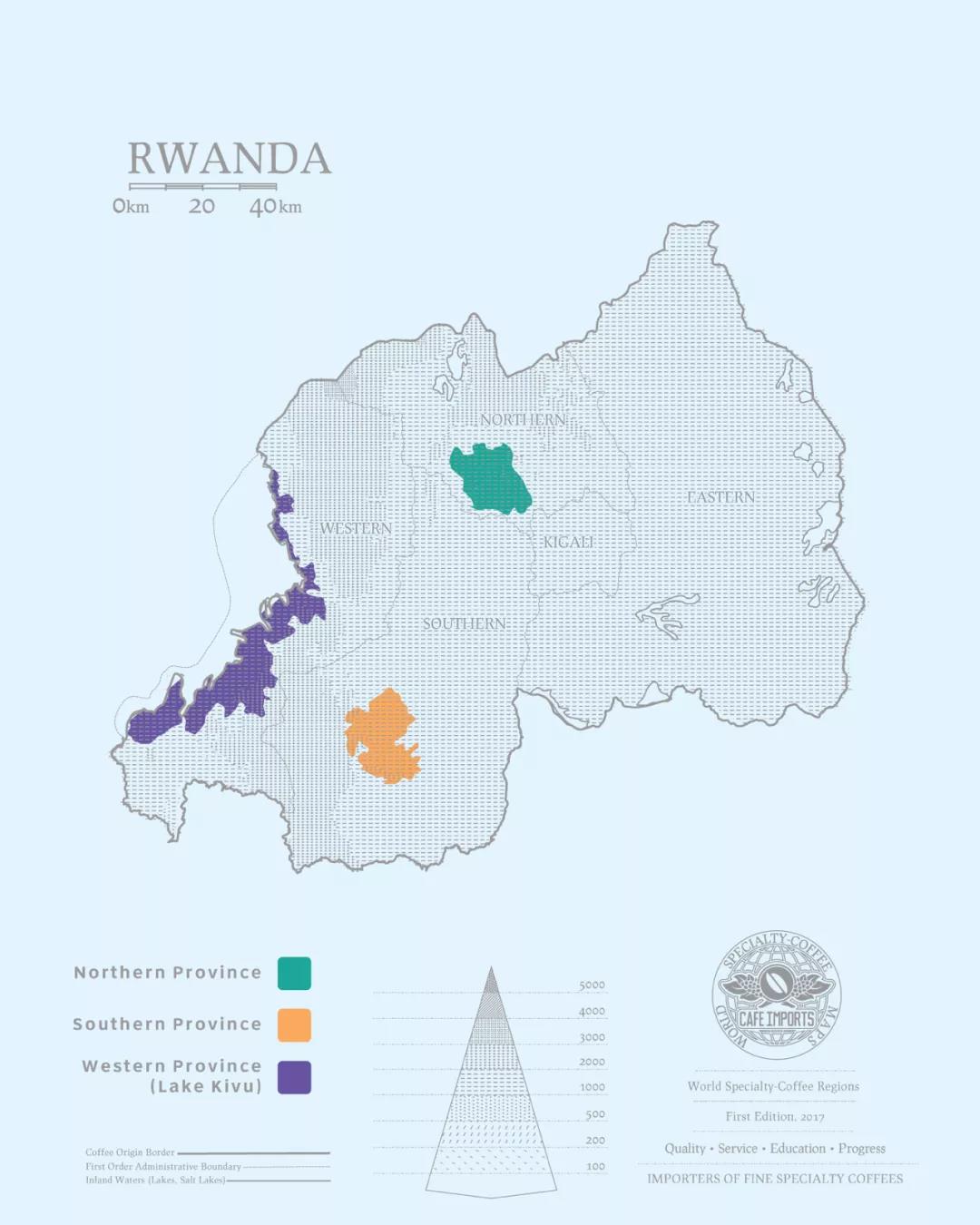
It was not until the independence of Rwanda and the establishment of the first official coffee organization, OCIR, that coffee bean production was gradually valued. Coffee production in Rwanda continued to grow from the 1960s to 1980s and reached an unprecedented peak in 1986, until the beginning of domestic political instability (the Rwandan genocide) in the early 1990s.
Rwanda has a temperate and tropical plateau climate, with an average temperature of 24.6-27. Degrees Celsius, the temperature is lower than the typical equatorial countries, but coffee is grown in the mountainous west and other places, the temperature is lower than the eastern low-lying areas, the temperature difference is also larger. For example, the average elevation of Lake Kivu in the north is 1463 meters, and the average daily temperature is 22. 5%. Degrees Celsius, coupled with fertile volcanic soil, is very suitable for growing coffee.
Rwanda coffee is mainly treated by water washing, which will remove the low density coffee fruit by flotation, then remove the peel and pulp, then put the pectin beans in the pool to ferment, wash the pectin layer with clean water after fermentation, and finally dry the coffee beans, reducing the moisture content of coffee beans to about 11% to 13%. Qianjie Coffee believes that washed coffee has higher acidity, good cleanliness and stable overall performance.
1. Gesak.
Coffee producing area: Nyamasheke
Treatment plant: Gesak treatment plant
Planting altitude: 1700 to 2000 m
Treatment method: washing treatment
Coffee varieties: bourbon, Kaddura, Kaduai
Flavor: delicious, citrus sweetness, bright acidity, berries, apples, citrus, honey sweetness in the middle, high sweetness and balance, almonds and chocolate finish.
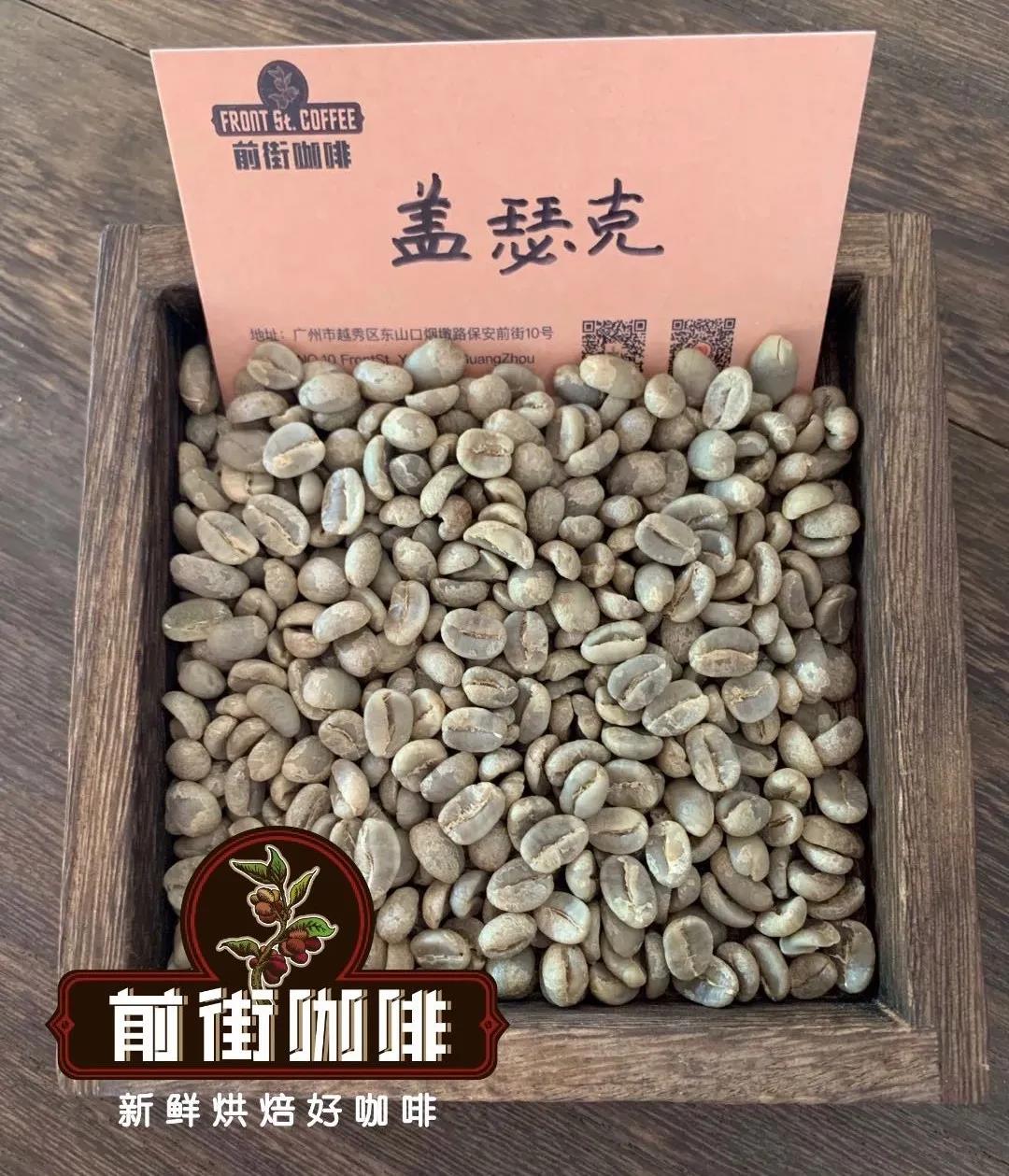
five。 Tanzania
Tanzania is a typical East African country, bordering Kenya and Uganda to the north, Malawi, Mozambique and Zambia to the south, and Rwanda and Burundi to the west. Mention Tanzanian coffee. I believe many people think of Kilimanjaro coffee. Qianjie coffee with Tanzanian coffee less bright sour, more gentle beauty, more sweet, strong red wine flavor is also a characteristic of Tanzania.
Kilimanjaro is the largest coffee producing area in Tanzania, and Kilimanjaro coffee is also an important lifeline of the Tanzanian economy. Kilimanjaro coffee comes from Mount Kilimanjaro, the highest mountain in Africa in northeastern Tanzania. Local coffee farmers grow between 1300 and 2000m above sea level, are bred by volcanic ash, and grow at high elevations, producing coffee beans of high quality.
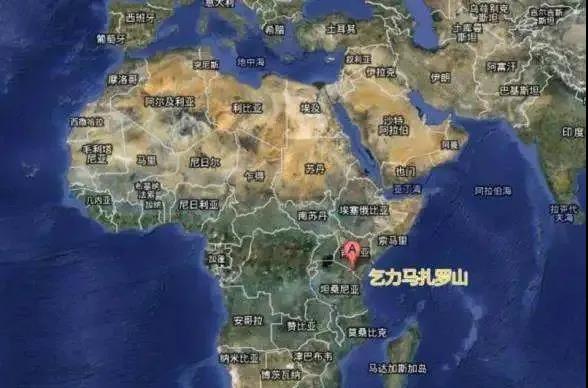
1. Kilimanjaro
Producing area: Kilimanjaro volcano area in the northern highland
Variety: bourbon
Treatment: washing
Grade: AA
Altitude: 1300-2000 m
Flavor: honey, berries, tea.
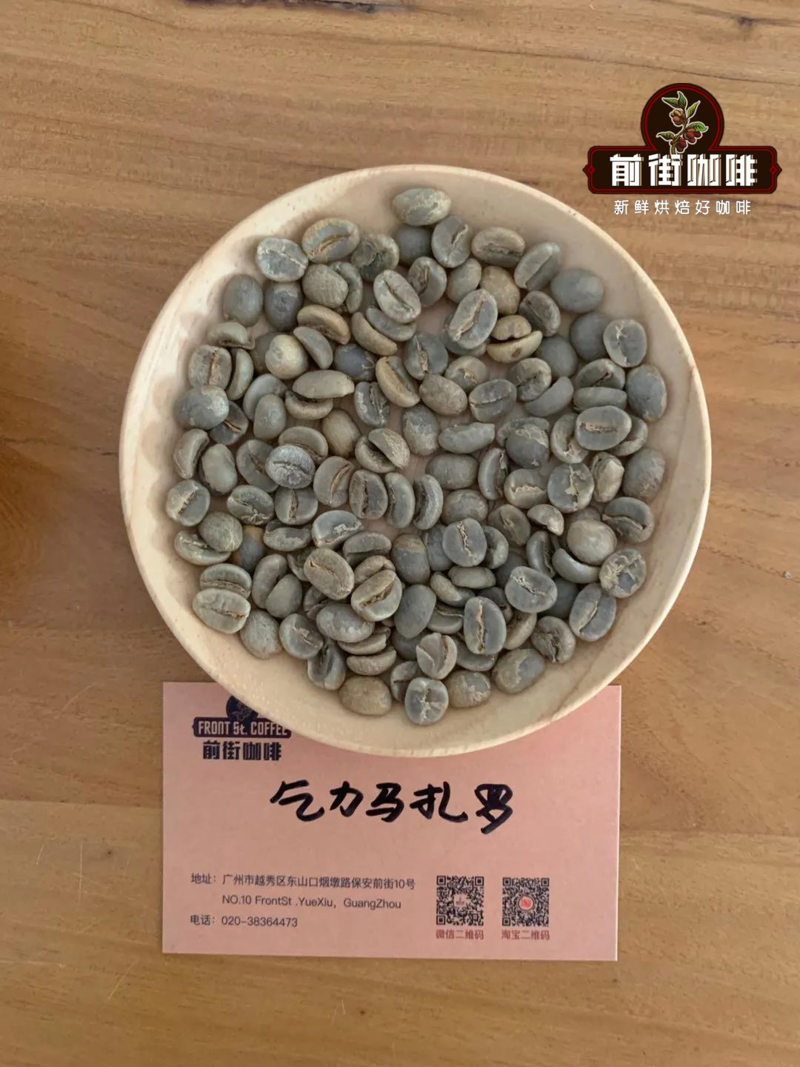
Tanzanian coffee is often washed, and coffee farmers will send the coffee fruit to the nearest processing plant for processing after picking. Including Front Street Coffee, this Tanzanian Kilimanjaro is also washed. The processing steps of the water washing treatment method are as follows:
1. Screening and removing impurities doped in coffee fruit 2. Removing coffee pulp and exocarp 3. Sending into fermentation tank, removing pectin layer attached to endocarp through fermentation 4. Cleaning and drying.
The above is the general variety of African coffee about Front Street Coffee. More coffee varieties are welcome to inquire in the store.
More fine coffee beans, please add private WeChat Qianjie Coffee, WeChat: kaixinguoguo0925
Important Notice :
前街咖啡 FrontStreet Coffee has moved to new addredd:
FrontStreet Coffee Address: 315,Donghua East Road,GuangZhou
Tel:020 38364473
- Prev
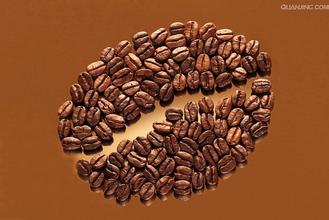
Introduction to the characteristics of African beans in coffee bean producing areas
The most sensible and practical way to understand coffee-producing countries is to classify them into the world's three major coffee growing regions: Africa, Indonesia and Central and South America. Generally speaking, coffee grown in the vicinity has similar characteristics. If a particular bean is out of stock, the manufacturer and buyer of the comprehensive product will usually look for a nearby country. People who make comprehensive products will say: I think
- Next
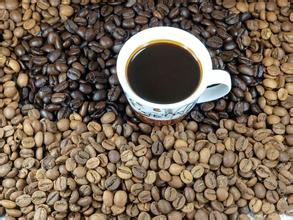
Introduction to the production mode and production method of coffee beans
The coffee beans are treated after harvest, otherwise they will begin to ferment, making the coffee beans smell bad. The main methods of treatment are drying and washing, which will cause different flavors. Dry beans have complete natural mellow taste, gentle aroma and more gum, while water washing type has good mellow taste, high aroma and lively sour taste, which is also concentrated.
Related
- Does Rose Summer choose Blue, Green or Red? Detailed explanation of Rose Summer Coffee plots and Classification in Panamanian Jade Manor
- What is the difference between the origin, producing area, processing plant, cooperative and manor of coffee beans?
- How fine does the espresso powder fit? how to grind the espresso?
- Sca coffee roasting degree color card coffee roasting degree 8 roasting color values what do you mean?
- The practice of lattes: how to make lattes at home
- Introduction to Indonesian Fine Coffee beans-- Java Coffee producing area of Indonesian Arabica Coffee
- How much will the flavor of light and medium roasted rose summer be expressed? What baking level is rose summer suitable for?
- Introduction to the characteristics of washing, sun-drying or wet-planing coffee commonly used in Mantenin, Indonesia
- Price characteristics of Arabica Coffee Bean Starbucks introduction to Manning Coffee Bean Taste producing area Variety Manor
- What is the authentic Yega flavor? What are the flavor characteristics of the really excellent Yejasuffi coffee beans?

